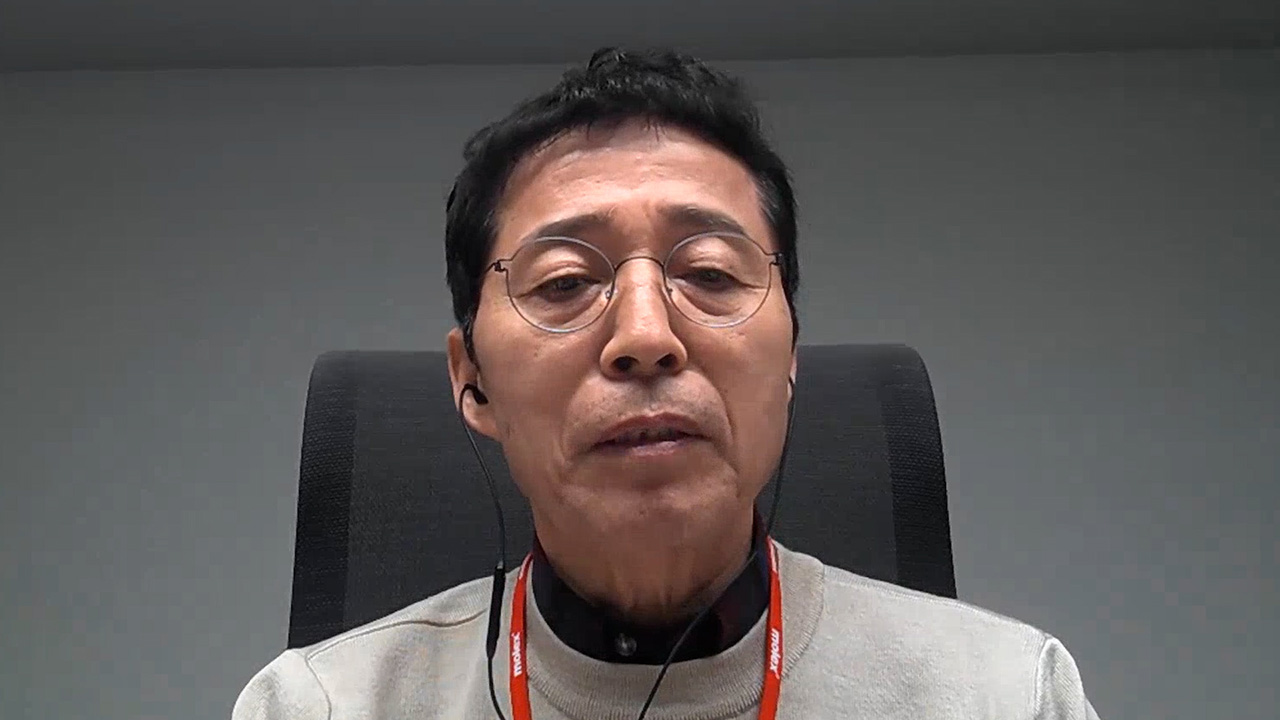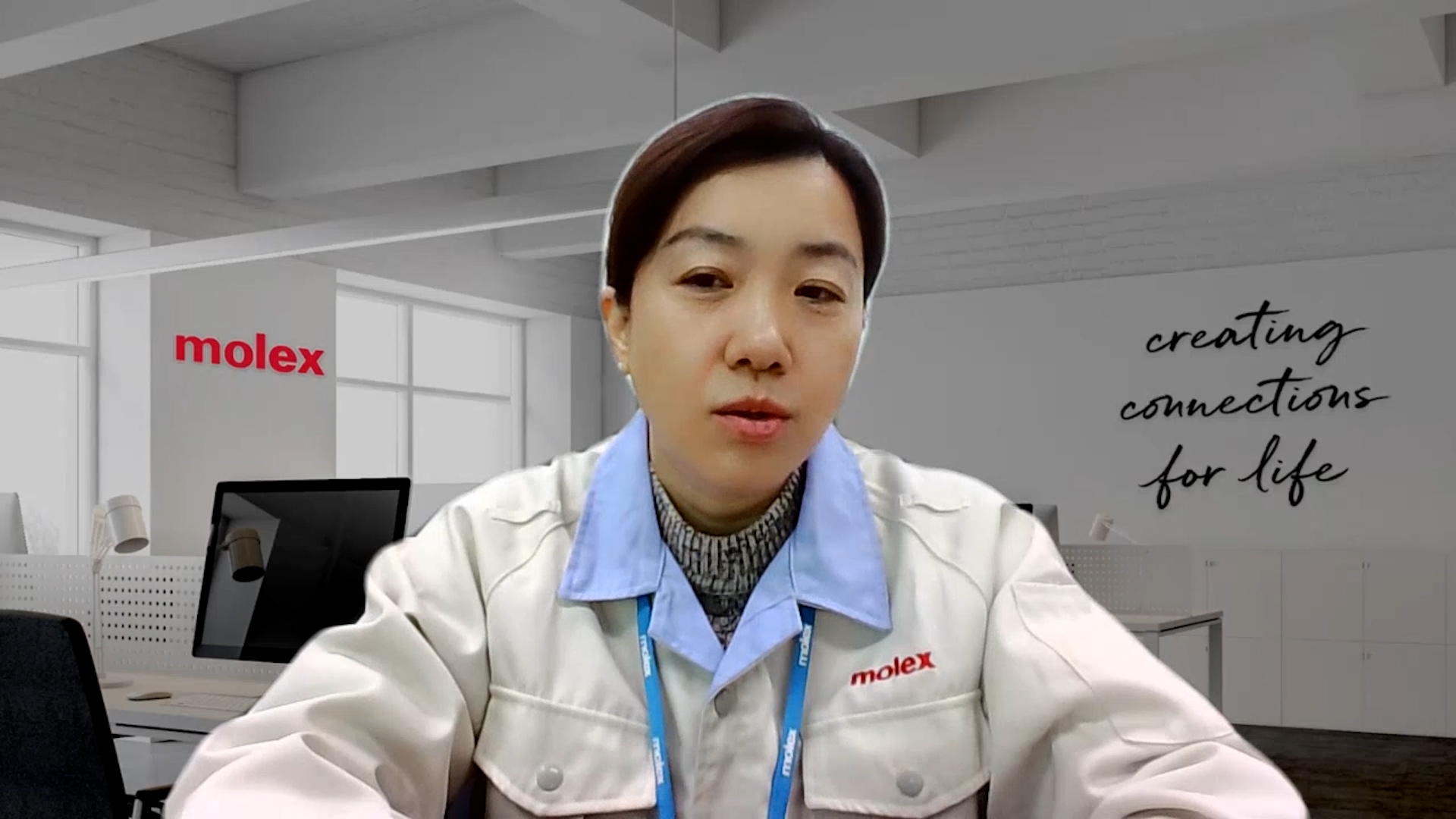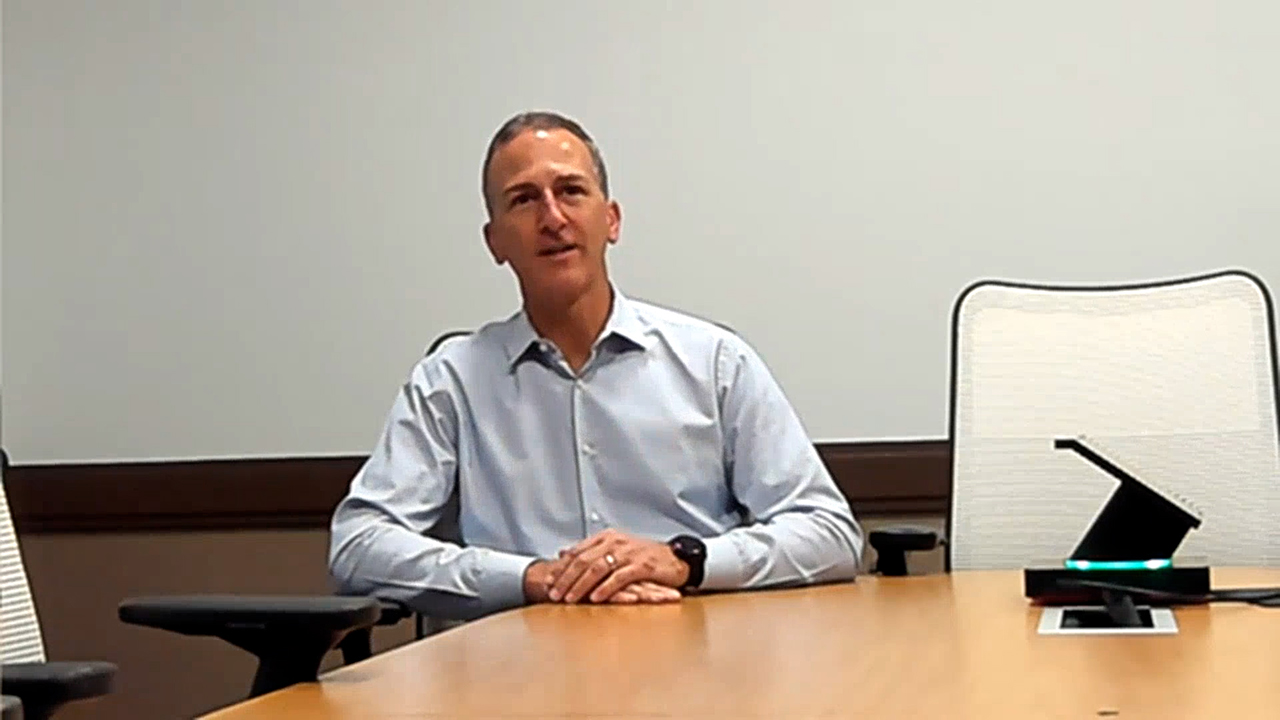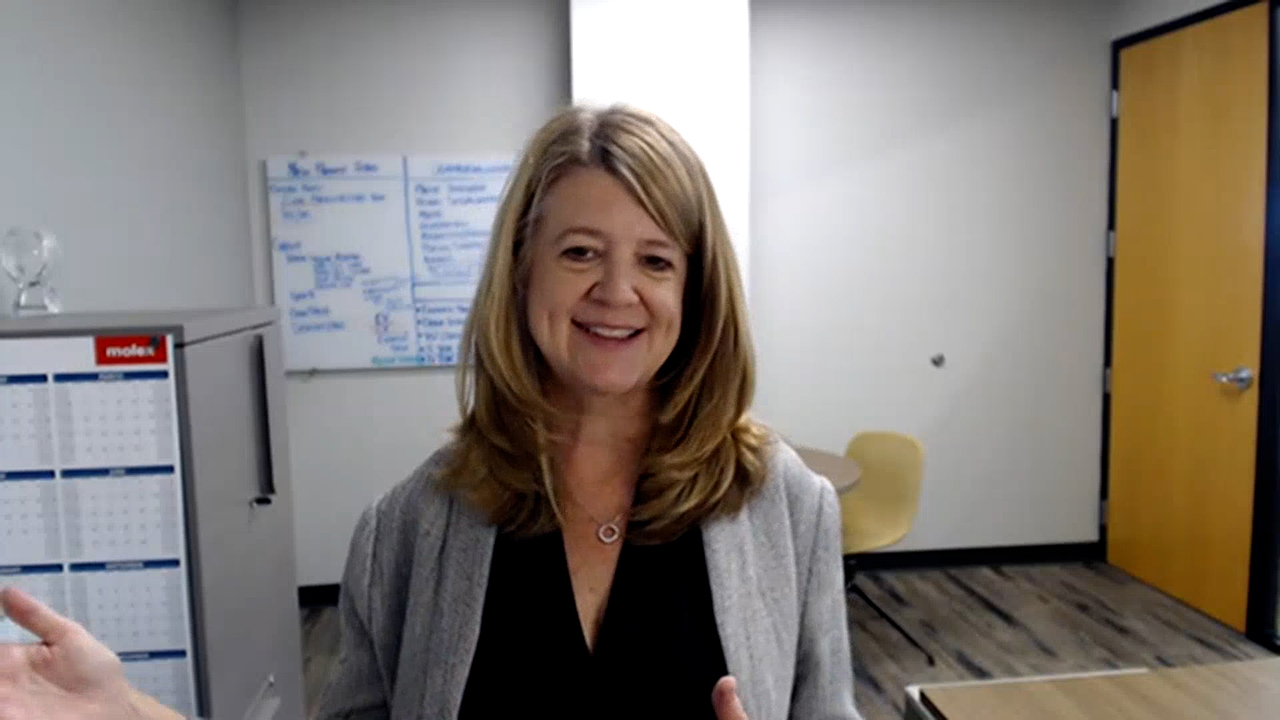Molex: Changing Its Paradigm
It took six years and many changes of all kinds for Molex’s transformation to truly get underway, largely because its management paradigm was very different from ours. As employees embraced thinking differently and began to apply our principle-based framework effectively, there have been significant improvements in Molex’s results.
In every acquisition Koch makes, one of the biggest challenges is culture. This is because it is extremely rare to find a business with a culture consistent with our principle-based framework. Improving the culture of an organization requires people changing their paradigms, starting with the leadership. It is very difficult for someone to change their paradigm, as it requires extensive time and effort. For an organization’s culture to improve takes years of helping people change and dealing with those who are unwilling or unable to do so. Molex was no different.
When acquired in late 2013, Molex had a track record of product innovation and growth, but its profitability and returns were lagging its peers. Koch believed that by leveraging complementary capabilities and applying Koch’s framework and principles, these gaps could be closed. However, Molex had a culture based on a paternalistic paradigm, which made it very difficult to make the needed improvements, including with people, organizations, customers, products and plants. Although the company was known for product innovations – Molex introduced 229 new products in 2012 and owned 3,265 patents – it did not effectively manage the breadth and complexity of its business and struggled to innovate in other areas. Consequently, resources were invested unprofitably, eroding returns. Leaders and other employees were seldom replaced, even if they failed to improve their performance. Layoffs were avoided and unprofitable products, plants and activities were often not identified and addressed. Given this paradigm and its status as a public company, Molex focused on increasing revenue as the way to improve profits.
Although Molex increased revenues five-fold in the previous 20 years, its profits were stagnant. Earnings before interest, taxes, depreciation and amortization (EBITDA) margins were only 17%, well below the 22-24% of its two main competitors. Its return on capital consumed (ROCC) was just 3%, a fraction of what could be earned elsewhere.
In 2014, Koch urged Molex to change its vision. The resulting new vision focused on higher-valued, complex “solutions,” rather than its main products, connectors, which sold for an average of 20 cents. Despite this change, Molex maintained its focus on revenue growth with more expensive “solutions.” In many cases, this led to pursuing business where Molex lacked a competitive advantage. The result was wasted resources and even lower profits.
“Much of this was our fault,” said Charles Koch.
“The irony is we’ve made this mistake before” admitted Dave Robertson, Koch’s president and COO. “We knew better but still didn’t do what was necessary to enable Molex to adopt a new framework and make the necessary changes.”
In 2019, 34-year Molex veteran Joe Nelligan was named CEO. With help from Jim Hannan and Ken Crumley, Koch’s head of strategy, Nelligan and the Molex leadership team began by using the five dimensions of Koch’s framework to identify and close gaps. Although many of the gaps had been recognized, Molex’s paradigm kept them from being addressed.
It was a mammoth undertaking as the company had 48,000 employees in 40 countries who produced 100,000 SKUs (stock keeping units or individual items) across 40 product lines at 75 plants organized into four divisions.
This detailed analysis revealed that:
- 80% of Molex’s profit came from just nine product lines
- Tens of thousands of products (including one of Molex’s biggest sellers) were unprofitable or barely breakeven
- Although profitable, the average ROCC for all four divisions was less than 5% with two divisions earning just 2%
- Only three of 12 business units were earning more than 10% ROCC
Armed with better knowledge, Nelligan and Travis George, Molex’s CFO, asked each business leader to develop a five-year plan for improving profits and ROCC. The leaders responded as Molex had historically, with plans showing strong revenue increases as a way to improve margins and profitability without eliminating waste or unprofitable activities.
“Recognizing this wouldn’t get Molex where it needed to be, leaders were asked to redo plans, this time assuming no growth in revenues,” said Nelligan. “That forced us to look at ways to improve results by identifying and eliminating unprofitable activities, products and plants.” Those revised plans were quickly iterated as the team worked to finalize a plan that could be initiated immediately based on Molex’s new vision and Koch’s principle-based framework.
Here’s how Molex’s four divisions responded:
Molex’s consumer and commercial solutions division (CCS) supplies components for mobile devices, appliances and the automotive industry. CCS generates half of Molex’s total profit, yet despite its importance, it had essentially been siloed for years. There was little knowledge sharing within the division, let alone with other Molex divisions or Koch companies.
To improve its performance, JH Lee, its leader, focused first on CCS’s “need for cultural transformation.” He began at the top.
Lee said. “Seven out of eight directors and five of six plant managers either chose to retire, accepted another assignment, or were let go. At one of our sites, every leader changed.”
New leaders now earned roles based on their contribution mindset, aptitudes, sense of urgency and passion rather than tenure or title. This opened the door to increased opportunity for many employees.
What followed was a major transformation of CCS’s footprint. Plants with high costs were re-evaluated and two were closed while advantaged plants were upgraded and expanded.
One of the closed plants had been custom-built to make a smartphone component for a high-profile customer. Although Molex had fought hard for the contract years earlier and the plant accounted for 20% of CCS’s micro solutions business, the component had become unprofitable. After withdrawing from the contract, CCS was able to maintain its relationship with that major customer by showing how more value could be created for them by focusing on innovative products.
Lee was also successful in getting plant leaders to do a better job of communicating and sharing knowledge. “We need to be working together as one team with an open mind,” he urged. “You’re not a plant employee, you’re a Molex employee. Let’s all think that way.”
Following the change in vision and the application of the other four dimensions of Principle Based ManagementTM, NIAT for CCS more than tripled in just three years.
Molex’s transportation and industrial solutions division (TIS), led by Mike Bloomgren, supplies some of the biggest automotive manufacturers in the U.S. and Europe. For years its focus was supporting the production of traditional vehicles using cost-plus pricing. New measures enabling marginal analysis changed that. TIS exited unprofitable product lines, reduced operational complexity and improved its footprint. It also began investing in high-value, high-growth opportunities such as electric and autonomous vehicles. TIS is now Molex’s second-largest division and has increased its NIAT more than seven-fold.
The Molex division that improved the fastest – and in doing so provided a powerful example for the other three divisions – was datacom and specialty solutions (DSS), led by Aldo Lopez. His strong sense of urgency resulted in almost immediate changes, such as selling a disadvantaged business, optimizing the operational footprint, reducing or exiting product lines and realigning roles. Leaders refocused on areas with the greatest potential, such as high-speed connectors and cables used in server, storage and networking applications. The result was a huge jump in NIAT, up almost eight-fold in three years.
The medical and pharma solutions division (MPS) was formed in 2016 following the acquisition of Phillips-Medisize. MPS was expected to leverage Molex’s capabilities in electronics, design and manufacturing to generate profitable growth in the global medical contract design and manufacturing market.
When Paul Chaffin took over leadership of the division in 2020, his focus was on significantly improving the profitability and returns of the medical business. He recognized the need to dramatically change the product portfolio, optimize the footprint and realign leadership based on comparative advantage. Today, 75% of MPS supervisors are either new to the company or in a different role. MPS now focuses on capturing higher-value opportunities such as those created by the shift to testing and diagnostic devices that can be used at home instead of at a lab or doctor’s office, and on the next generation of patient-friendly drug delivery devices.
During its first years as a Koch company, too many leaders at Molex failed to understand that allowing people to remain in the wrong roles, maintaining unprofitable products and focusing on revenue rather than earnings was destroying value. Consequently, Molex resources were being wasted rather than used to create “good profit.”
JH Lee, for example, now leads a new global manufacturing organization. The creation of this role opened the leadership of CCS to another employee and enabled leaders throughout Molex to better focus on their comparative advantages. Today, products are priced according to the value they create for customers and Molex, and capital is invested where innovation will lead to improved returns.
As a result of this paradigm change, Molex’s NIAT and ROCC have tripled. It has closed 80% of the EBITDA margin gap with its top two competitors and has a path to become the industry leader.
Nelligan continues to reflect on the progress at Molex and recognizes that, “despite the success from these changes, there is much more to do. Continual transformation is essential for our future success.”




